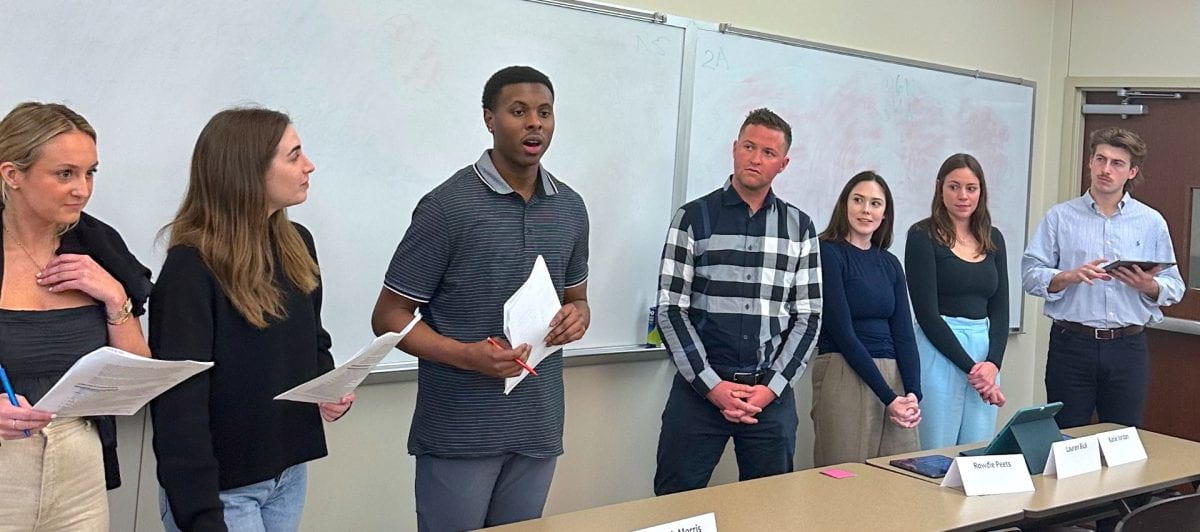Undergraduate students attending Dr. Eric G. Bing’s Creating Impact in Global & Public Health (APSM 4355; ANTH 4345/6345; MNO 4345) course participated in a debate competition to encourage students to think critically about the spread of misinformation.
In the competition, cleverly titled “Misinformation Dissemination,” students were tasked with addressing the following question: “In the event of a public health emergency, should there be civil penalties for companies that knowingly spread public health misinformation that increases morbidity or mortality?” On the affirmative side, students argue for civil penalties, while the negative side argues against them.
Six teams of students from Professor Bing’s course presented their case for how to hold companies accountable for the spread of misinformation. Teams were selected beforehand, but the undergraduates were tasked with preparing compelling arguments from each side and assigned as affirmative or negative at random just before presenting. With 3 minutes to present their main arguments and just 1.5 for rebuttals, students were counting on the depth of their research to convince the panel that they knew best. Students pulled from constitutional law, prior court cases, and historical incidences of “infodemics”, to arrive at their conclusions.
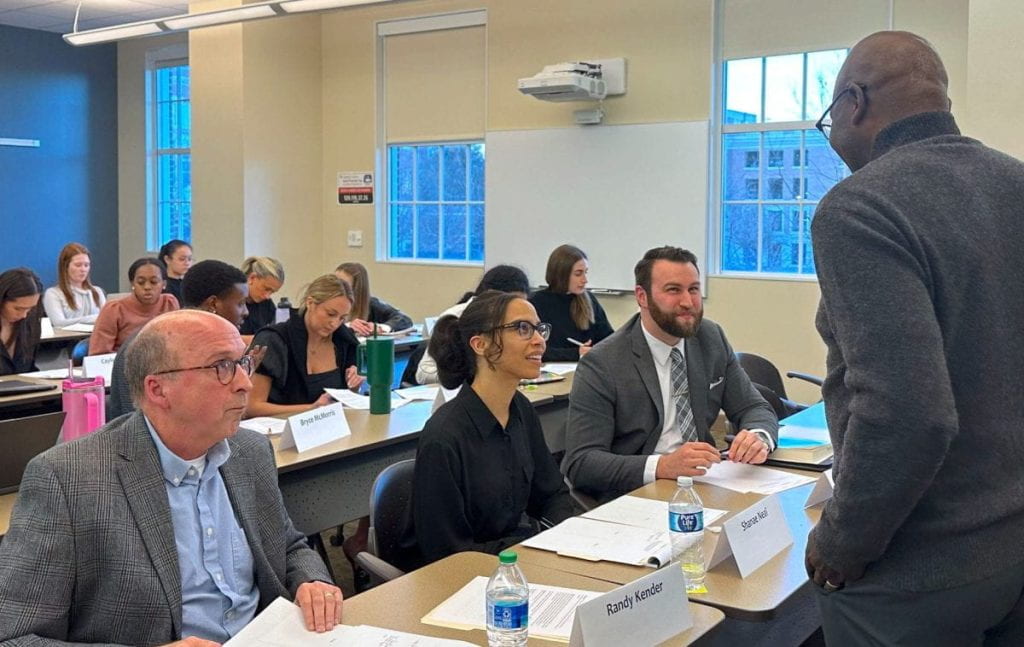
The following judges determined the strength and quality of each team:
- Mr. Randall Kender, retired attorney, public health advocate, and veteran SMU debate judge
- Ms. Shanae Neal, Doctoral Student, Simmons School of Education and Human Development
- Mr. Lance Brooks, Doctoral Student, Simmons School of Education and Human Development
TEAM 6 VS. TEAM 4
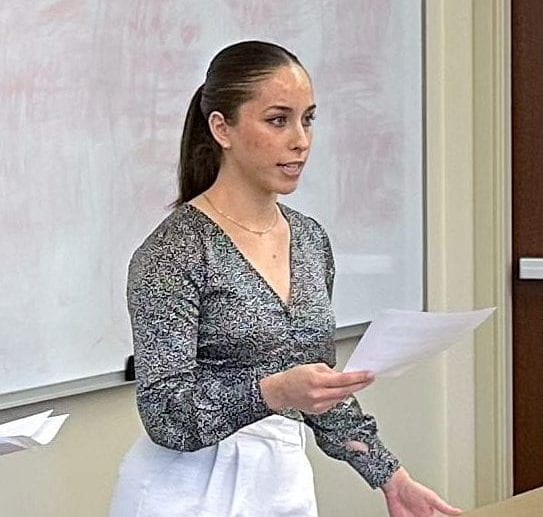
Students Claire Maxwell and Tanner Ray of Team 6 argued for the negative side. The two expressed concern for offering those in power the freedom to determine what is allowed to be published online, creating an environment with the potential to encourage digital authoritarianism and propagate the violation of digital liberties. To restrict the free flow of information, they believe, represents a clear violation of First Amendment rights. To conclude their argument, Maxwell and Ray cite US v. Alvarez, in which the Supreme Court found false speech that does not pose a direct threat of harm to be protected under the First Amendment, to bolster their argument.
On the affirmative side, students Jules Campbell and Margarita Kuzin represent Team 4. The two begin by citing the Edelman Trust Barometer, which finds that US citizens consistently place more trust in businesses than their government, highlighting businesses’ power in influencing the public. Historically, misinformation from the tobacco industry, leading to long-term health consequences, led former President Obama to pass the 2009 Tobacco Control Act, enacting civil penalties to address the harmful spread of misinformation.
Additionally, Campbell and Kuzin cite the more recent 2021 Health Misinformation Act, passed in response to misinformation spread during the COVID-19 pandemic, which hindered response efforts and emphasized the necessity of accurate information. In each case, the students believe, our government set an important precedent: when the well-being of citizens is placed in danger by misinformation, swift and effective action against offending businesses is appropriate and necessary to protect the public good.
TEAM 5 VS. TEAM 2
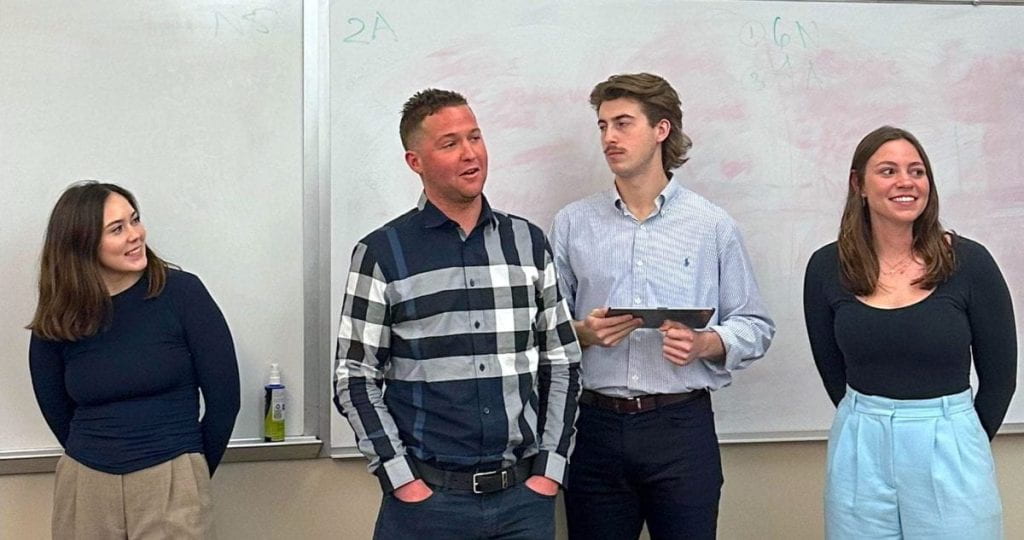
Simran Waraich and Lindsay Middleton argue for the negative side on behalf of Team 5. The two begin by reminding their audience that, amid a public health emergency, companies must keep the public informed, increasing the flow of information to keep up with the vast array of headlines. Often, the information they share may not represent the full story. Middleton cites the Journal of Psychological Science in the Public Interest, which states: “Misinformation that arises during the updating of knowledge is unavoidable and unintentional.”
The two share the perspective of Jonas Sivelä, PhD, a senior researcher in infectious disease, who believes that criminalizing misinformation is a misguided attempt to address the issue, effectively stifling discourse amidst intense public anxiety and increasing distrust in the government and the media. Instead, the students argue that we must provide the public with ample resources and encourage them to think critically about the sources they consume to arrive at the best conclusion.
Alternatively, “we live in a country where the right to swing your arm ends where your fist meets someone else’s face, that false speech is damaging and dangerous, and private citizens are held accountable by law all the time for perpetuating falsities. Why should private companies be exempt from these standards when they continually skirt liability for disseminating harmful public health information?” Lauren Bick asserts. Bick represents the affirmative Team 2 alongside Rowdie Peets. The two emphasize that the damage of misinformation is far-reaching, citing the example of vaccine misinformation during the COVID-19 pandemic, which dissuaded millions from getting vaccinated, increasing stress on overwhelmed healthcare systems and threatening the accessibility and standard of care available across the country.
Bick and Peets point out the effectiveness of civil penalties using the example of the 2021 Medicare and Medicaid-enacted Price Transparency Rule to encourage hospitals to be straightforward about their pricing. Although very few followed the guideline without incentive, the threat of civil penalties for non-compliance proved widely effective in keeping hospitals in line, with only four penalties issued in recent months.
To those who cite the First Amendment as an argument against civil penalties for fear of causing harm to individuals, Team 2 points out that considerable harm occurs in their absence. Additionally, many experts, including Supreme Court Justice Elena Kagan, believe that the First Amendment is being weaponized and manipulated to fit personal beliefs, thereby putting the safety of citizens at risk.
TEAM 1 VS. TEAM 3
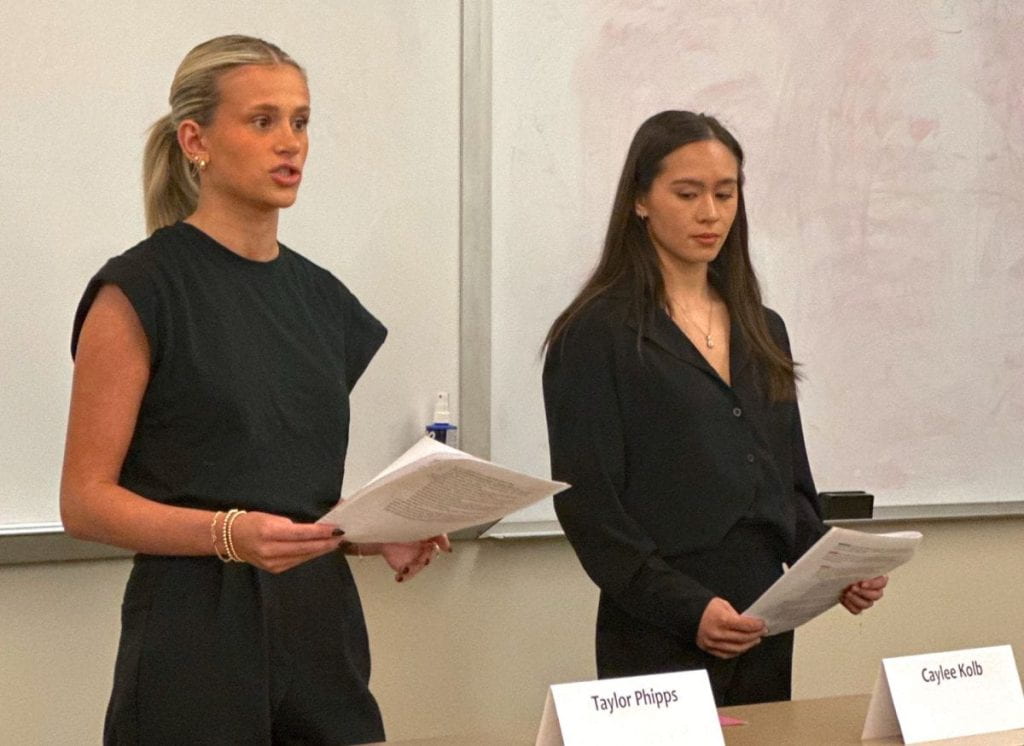
Sujit Gurrapu and Viktoriya Kuchina, who represent the affirmative Team 1, begin by highlighting widespread and potentially disastrous consequences of misinformation. A now-refuted scientific study pointing to a correlation between the MMR vaccine and autism spectrum disorders has spread fear and concern among parents, dissuading many of them from seeking vaccination for their children. Despite the results proving irreplicable in later experiments, the widespread distrust it fostered has had lasting consequences, leading to a recent resurgence in a previously eradicated disease for which many children are left unprotected without the vaccine.
Gurrapu and Kuchina believe it is neither possible nor practical for citizens to thoroughly fact-check every piece of information coming across their news feeds. They feel that stopping the spread of misinformation at the source is the most effective method for reducing the harm that arises from inaccurate information.
To those who cite the First Amendment as grounds to deny the implementation of civil penalties, Team 1 reminds their audience that misinformation poses significant public harm, meeting the criteria for speech imposing clear and present danger to citizens. The US Government has enacted the COVID-19 Consumer Protection Act to impose civil penalties for misleading consumers related to the treatment and prevention of SARS-Cov-2 infection, which Team 1 believes set a precedent for the right course of action amid a public health emergency.
Undergraduates Caylee Kolb and Taylor Phipps of Team 3 represent the negative side. The two believe that misinformation is subjective and difficult to define. Although they acknowledge the danger of misinformation, the students assert that assigning civil penalties to individuals and organizations for contributing to the spread of misinformation is not the appropriate solution.
Citing the Federation of State Medical Boards’ official recommendation for reducing the spread of misinformation, which states that information and recommendations “must be based upon the best available scientific evidence,” Kolb and Phipps highlight that medical science is continually advancing. Information deemed accurate today may be contradicted tomorrow by evolving research.
Team 3 believes that the accuracy of information amidst a developing public health emergency may be difficult to define and even more challenging to prosecute. Just 24% of Americans surveyed by the Pew Research Center trust the federal government, and 44% believe that the government imposes too many regulation on businesses. Phipps and Kolb hypothesize that imposing more regulations would further damage the public’s trust and disincentivize businesses from releasing potentially accurate information in fear of penalty.
Additionally, Phipps and Kolb feel that civil penalties violate their constitutional rights. Team 3 cites the case of the New York Times v. Sullivan, in which the court ruled in favor of the First Amendment. In this ruling, an advertisement addressing Sullivan and run by the New York times was considered protected speech despite including half-truths. The two conclude their argument by suggesting that the government enacts other measures to reduce misinformation, including the implimentation of media literacy programs.
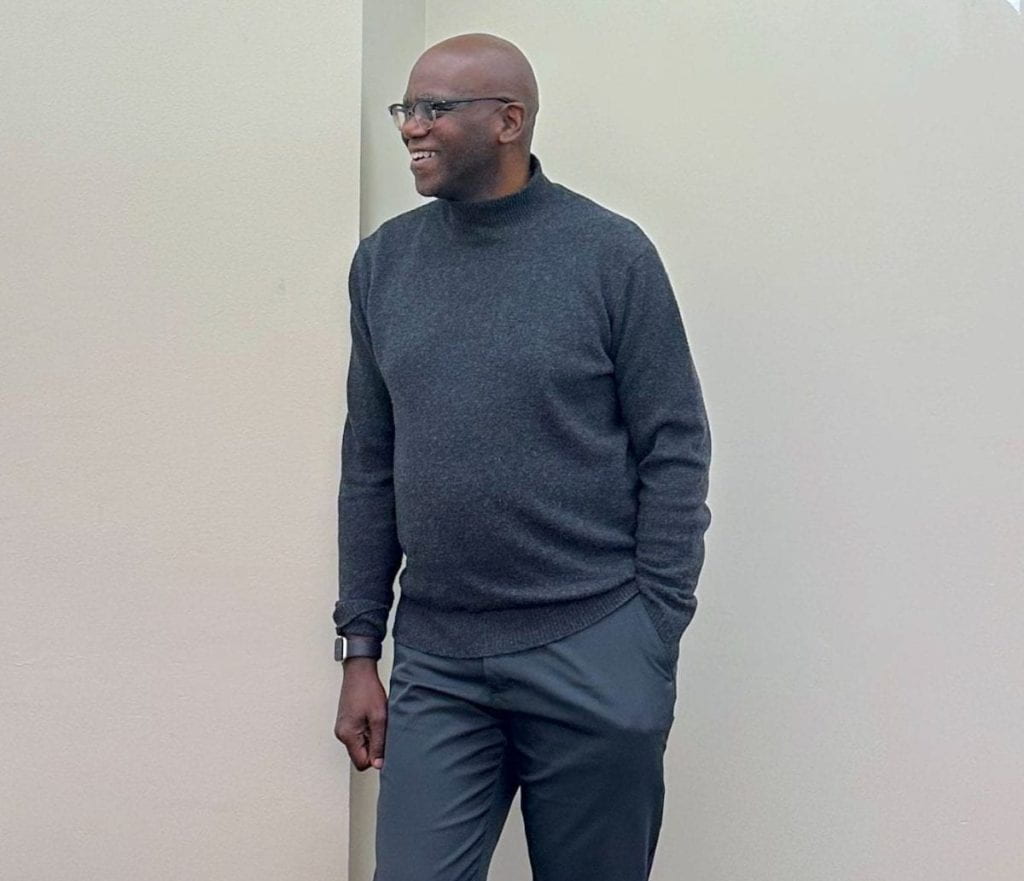
The judges carefully considered each argument and asked thoughtful questions before hearing the students’ rebuttals. After careful deliberation, Team 4 (affirmative), Team 2 (affirmative), and Team 3 (negative) were selected as winners in this competition.
As the semester goes on, students will continue to learn about the impact of public health, with more opportunities to apply their knowledge toward real-world health challenges in their communities and beyond.
To learn more about Institute for Leadership Impact programs, visit our website, email us at leadershipimpact@smu.edu, and engage with us on social media.
